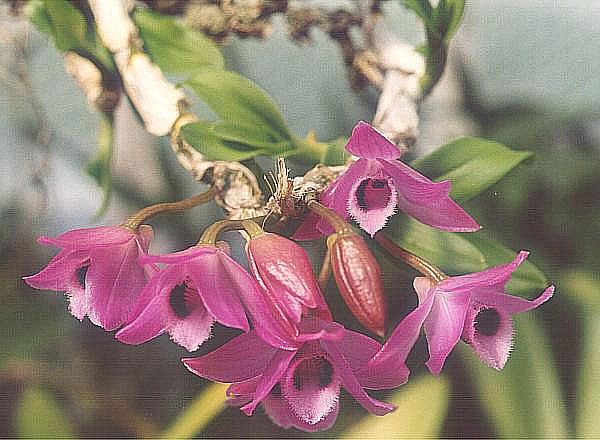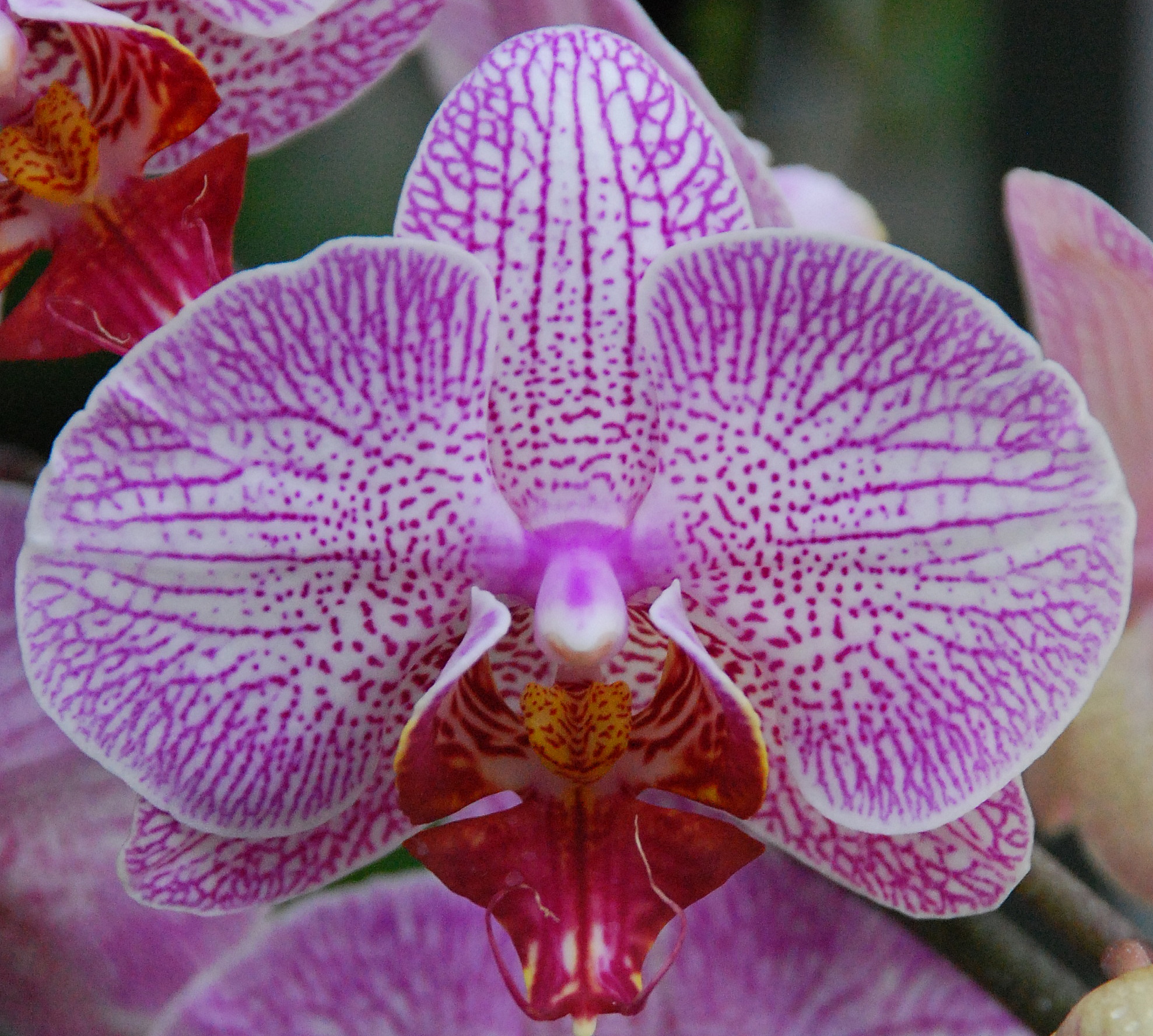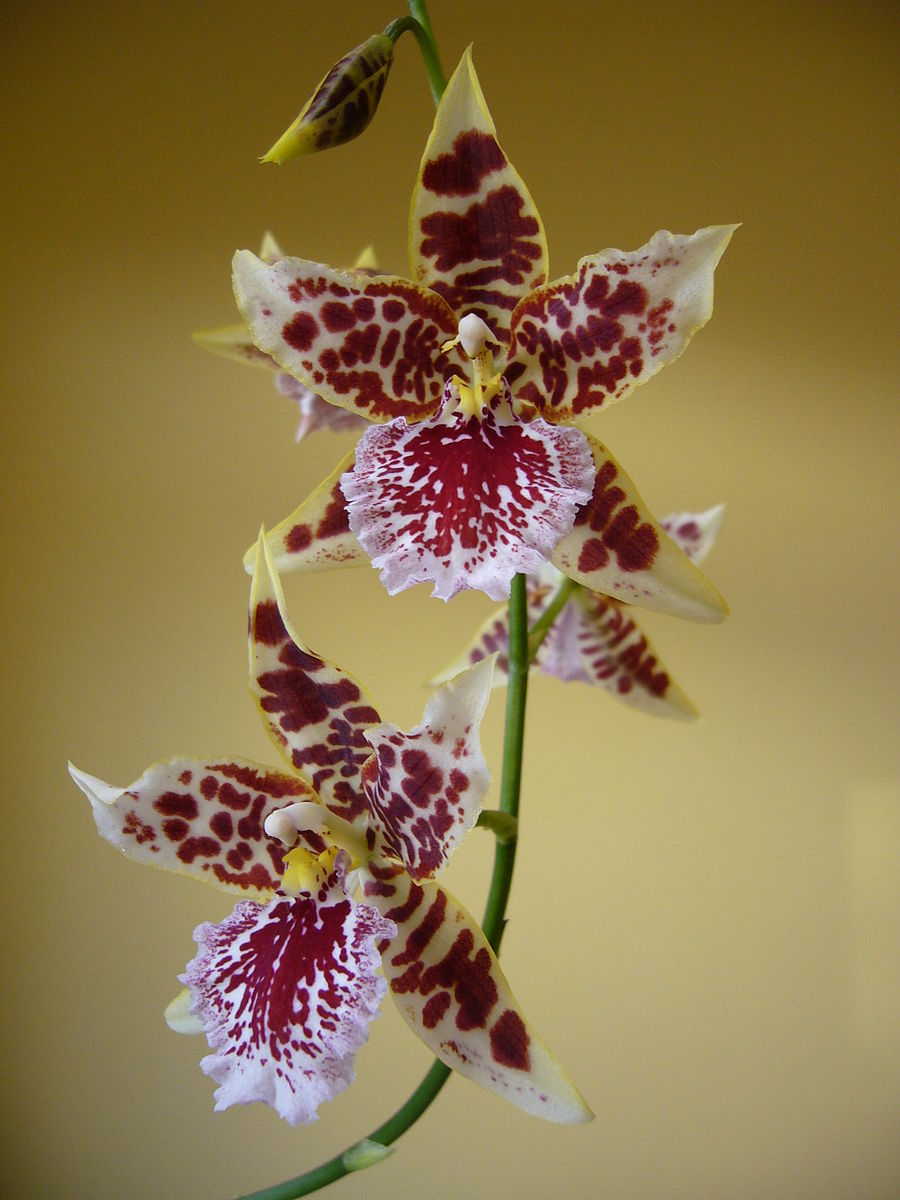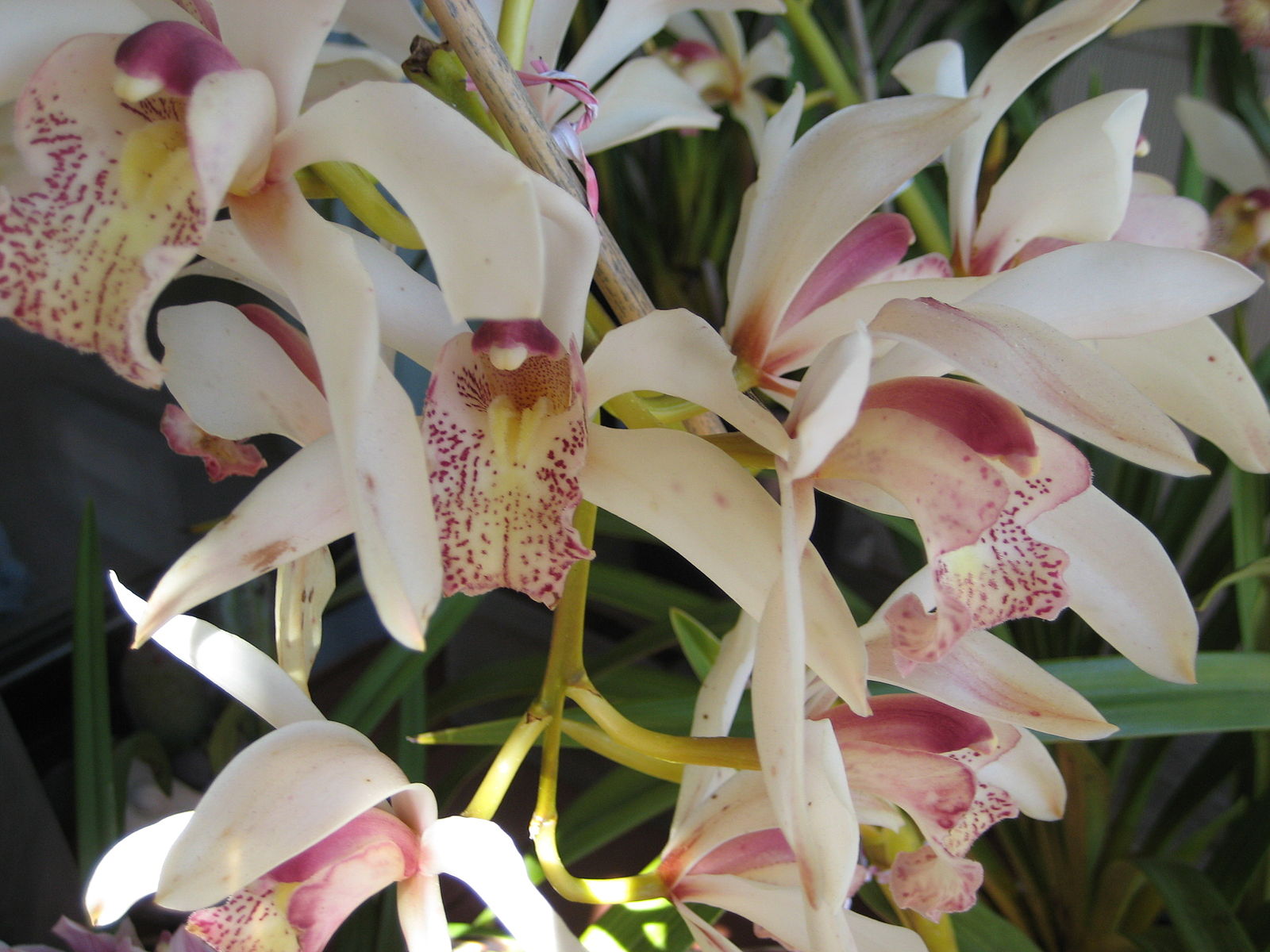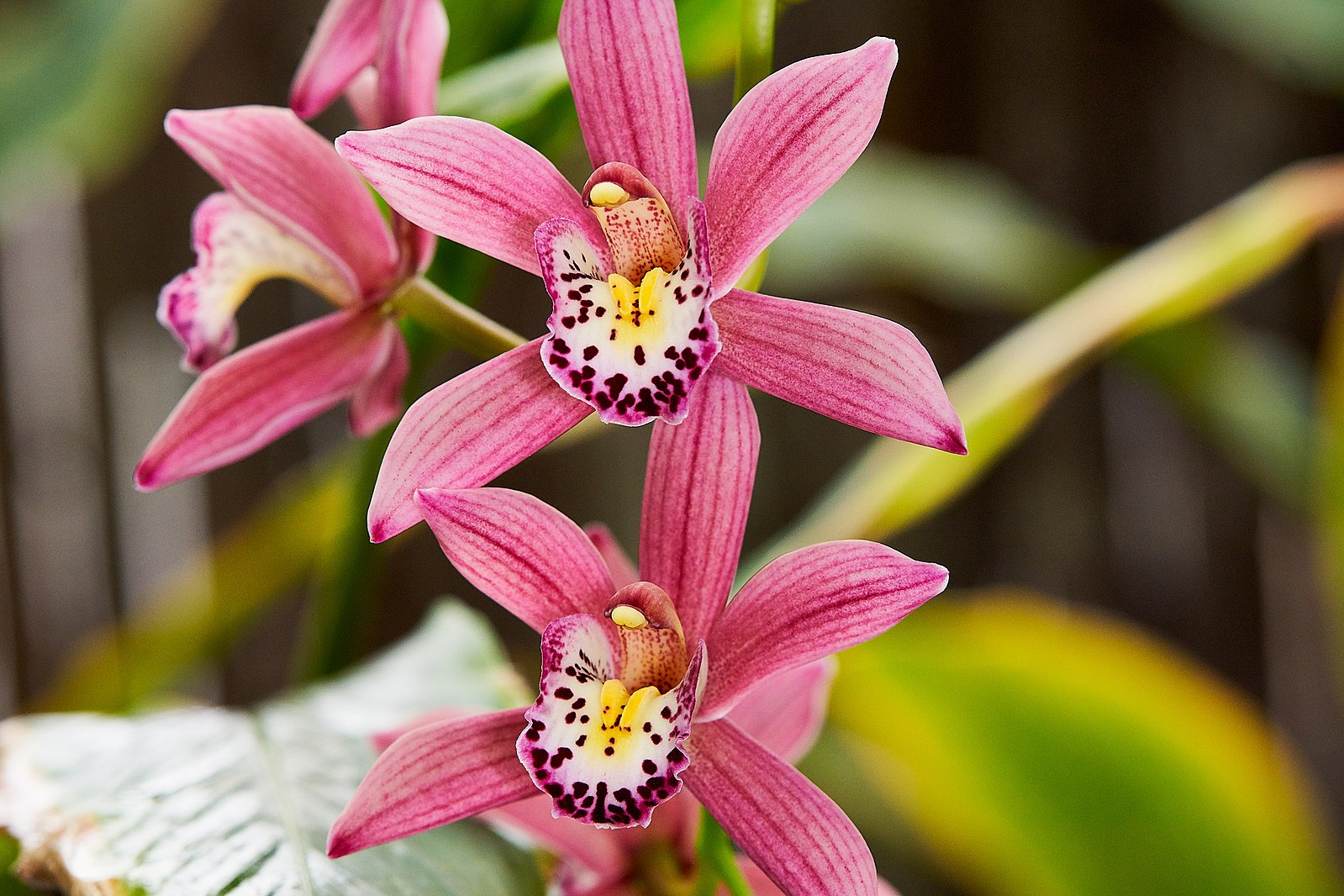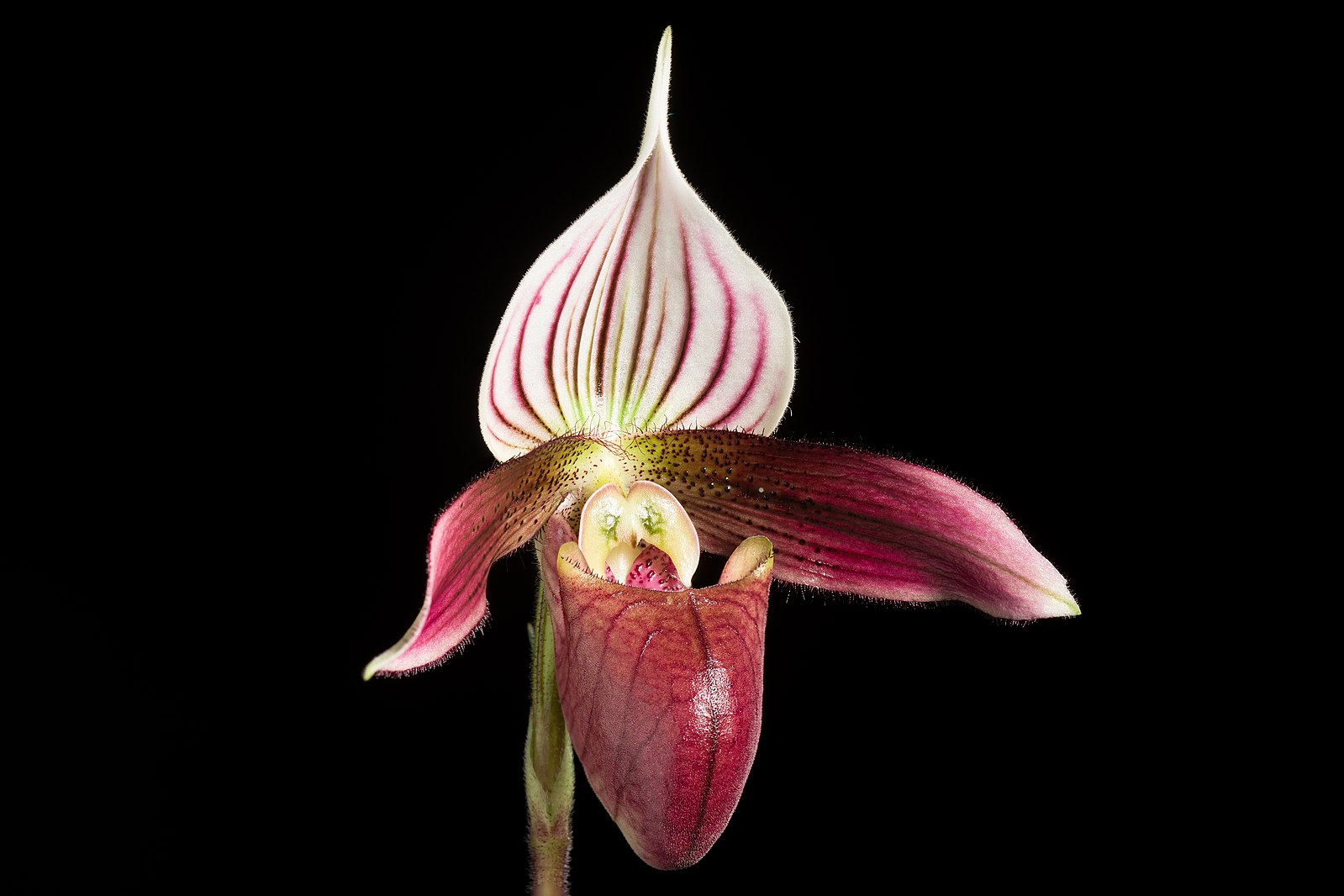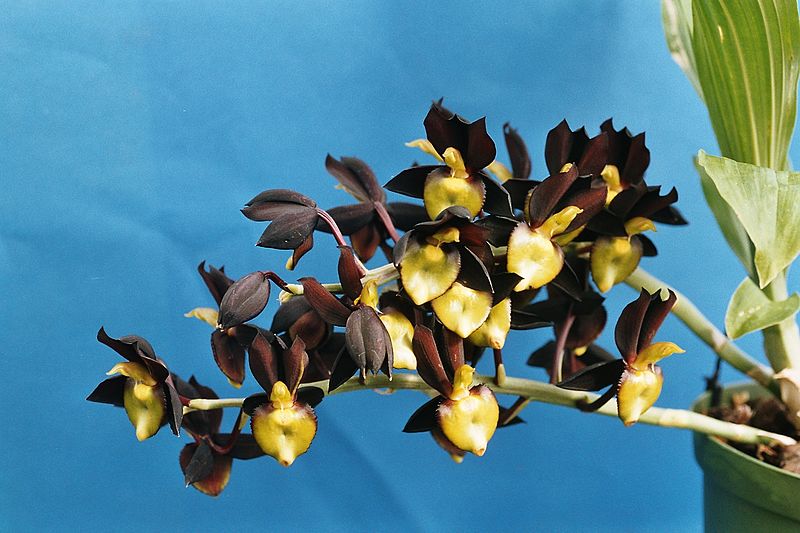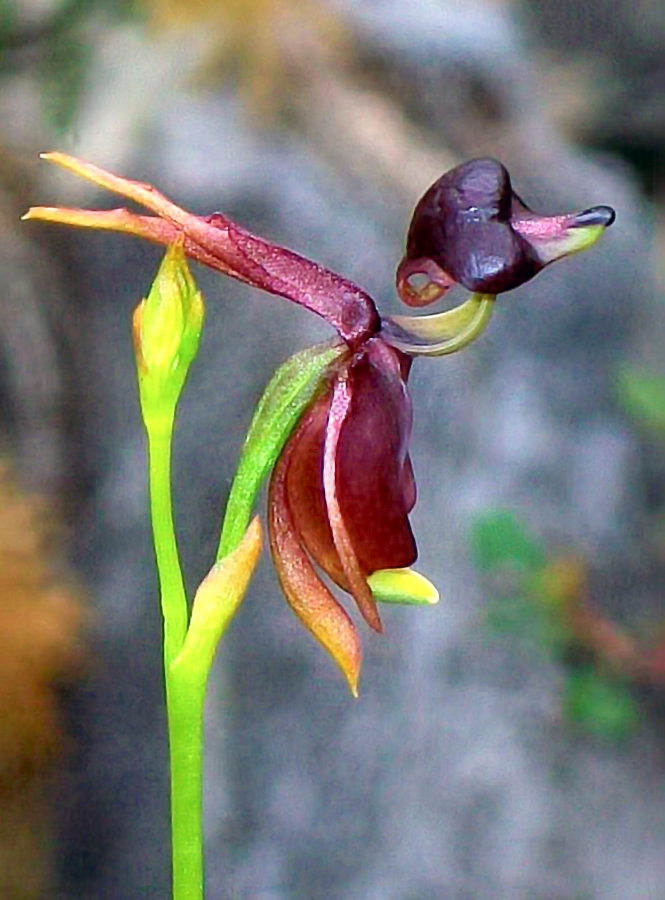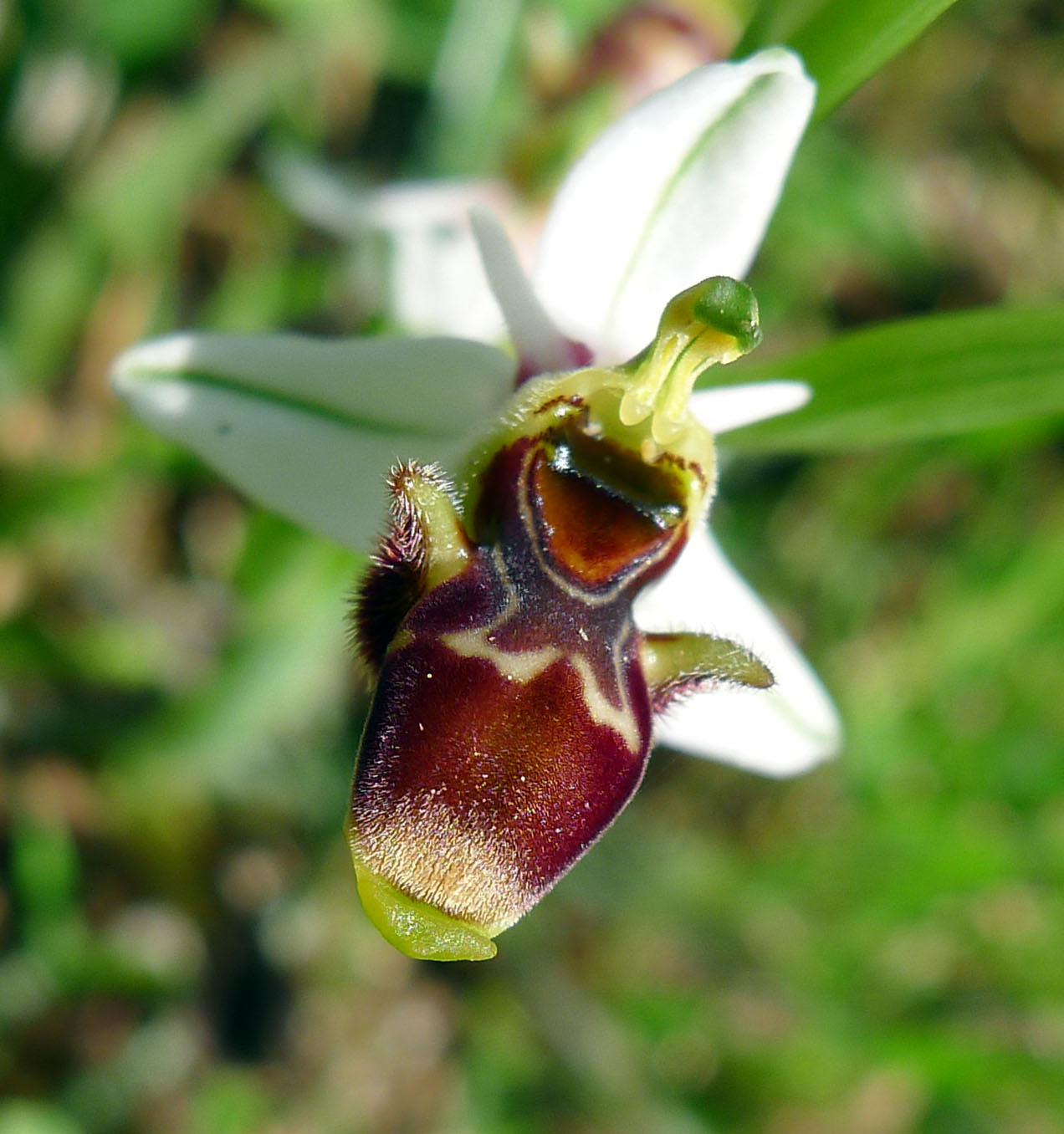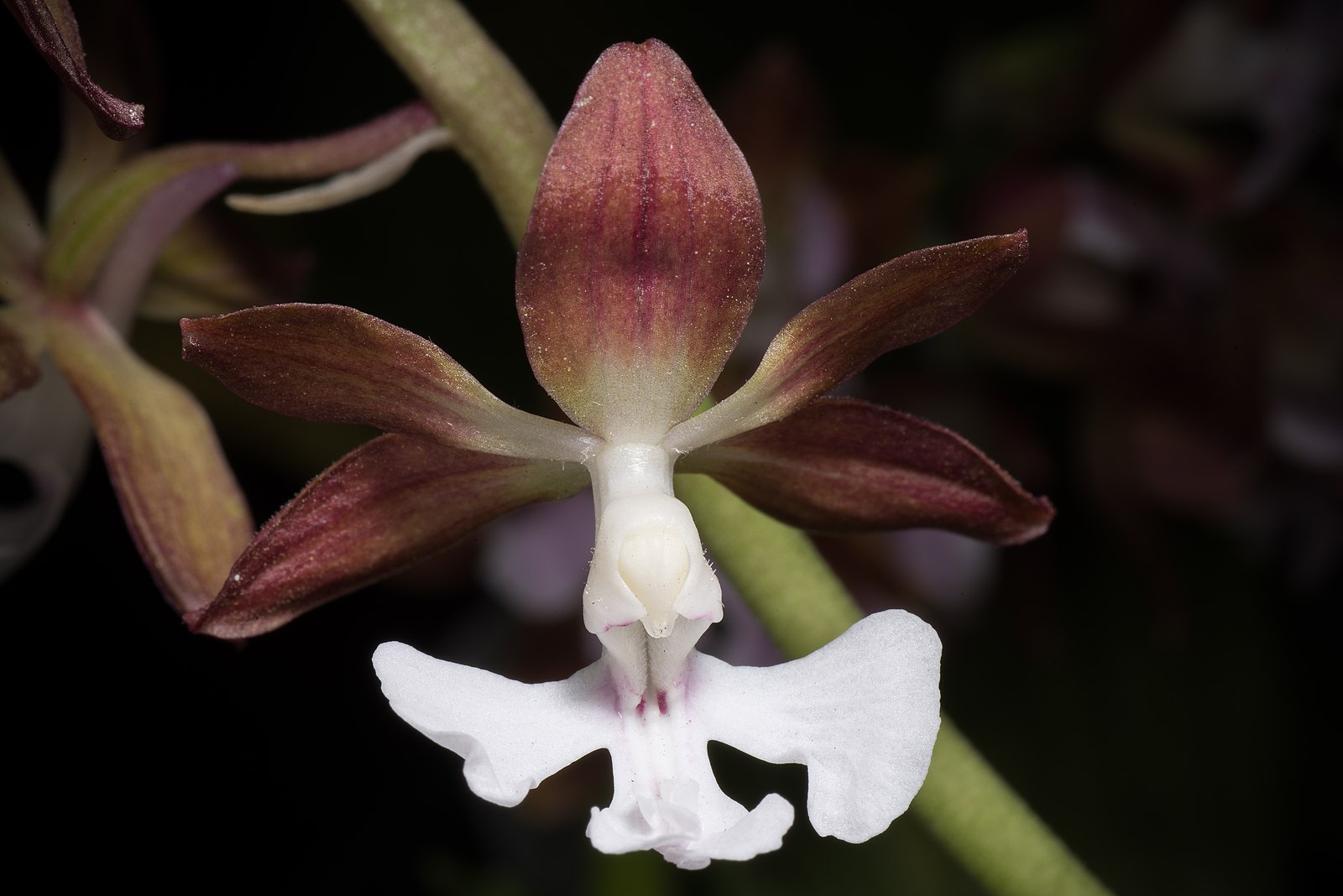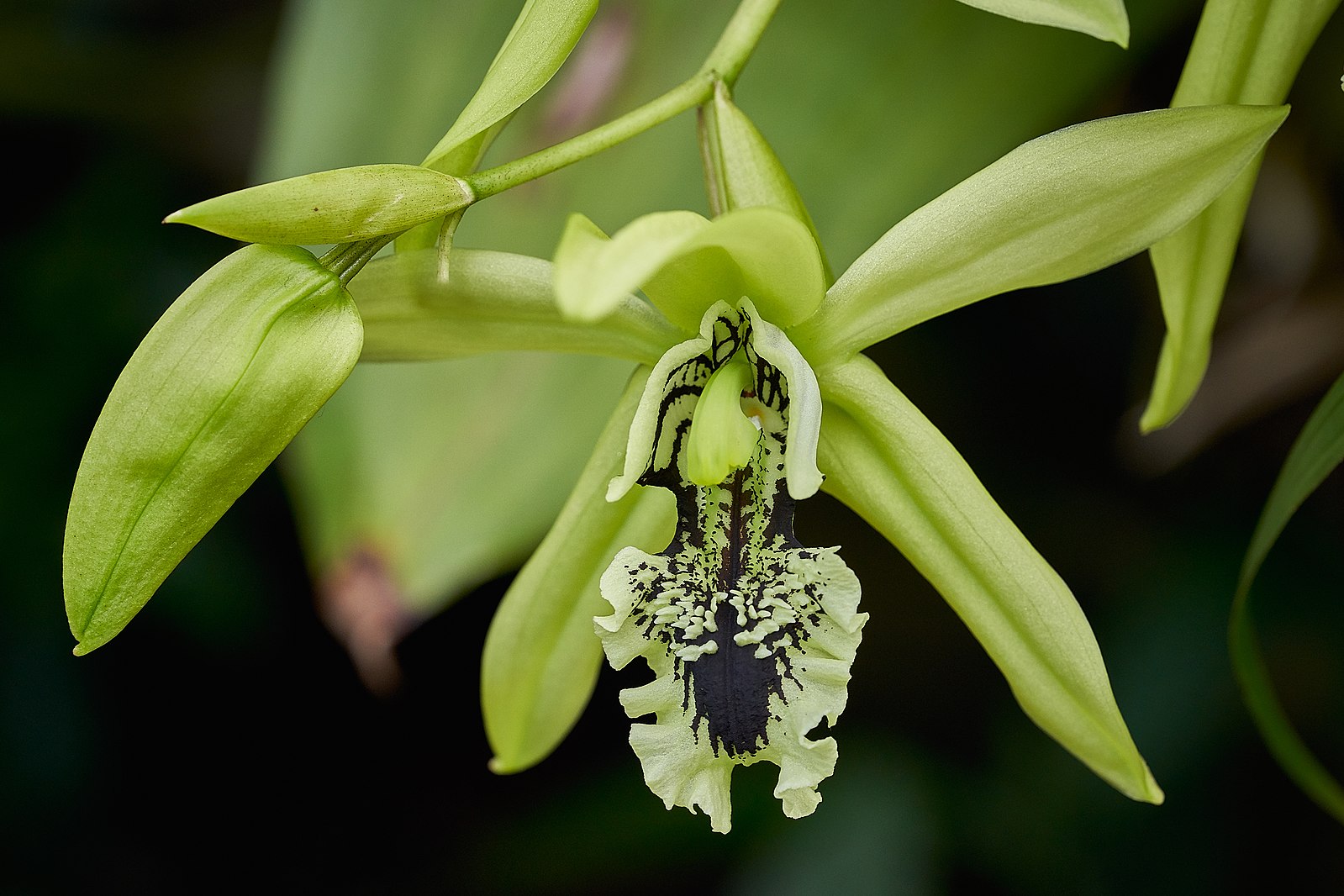ACG: Individual Project
In this project, you will be making a fragment shader based on a topic. You will have to design a generative design function in the shader to procedurally generate a design, without using any textures.
The projects will be made publicly on the class website. You can opt to use your real name or a pseudonym to remain anonymous if you prefer.
Topic
This years topic is Orchids! Did you know Orchids (scientific family Orchidaceae) have 28,000 different species, encompassing between 6% and 11% of all seed plants? This is 4 times more species than all the species of mammals.
Instructions
For the submission deadline please check Moodle!
Submit on Moodle (as a single Zip):
- Reference orchid image
- Fragment shader code (use filename
shader.glsl)
At the top of your shader please include a comment with:
- Name you want to appear with your shader (can be real name or pseudonym)
- 【optional】Scientific name of the orchid
Hints:
- You can and probably should use the noise functions from webgl-noise
- Computation speed is not an issue
- Feel free to use any techniques either learned in class or elsewhere
Editor
You can edit and test your shader live here! To save your shader please click on the triangle icon in the bottom-right. Please note that your work here will not be saved! Make sure to download often or work offline and copy here to test!
// credit: jikihakase (will show up on website)
// orchid: Coelogyne pandurata
uniform vec2 u_resolution;
uniform vec2 u_mouse;
uniform float u_time;
void main() {
vec2 st = gl_FragCoord.xy/u_resolution.xy;
float mask = 1.0;
mask *= step( 0.3, distance( st.xy, vec2(0.5, 0.4) ) );
mask *= step( 0.25, distance( st.xy, vec2(0.6, 0.7) ) );
mask *= step( 0.25, distance( st.xy, vec2(0.4, 0.7) ) );
colour_out = vec4( st.x, st.y, abs(sin(3.0*u_time)), 1.0 );
colour_out *= 1.0-mask;
}


